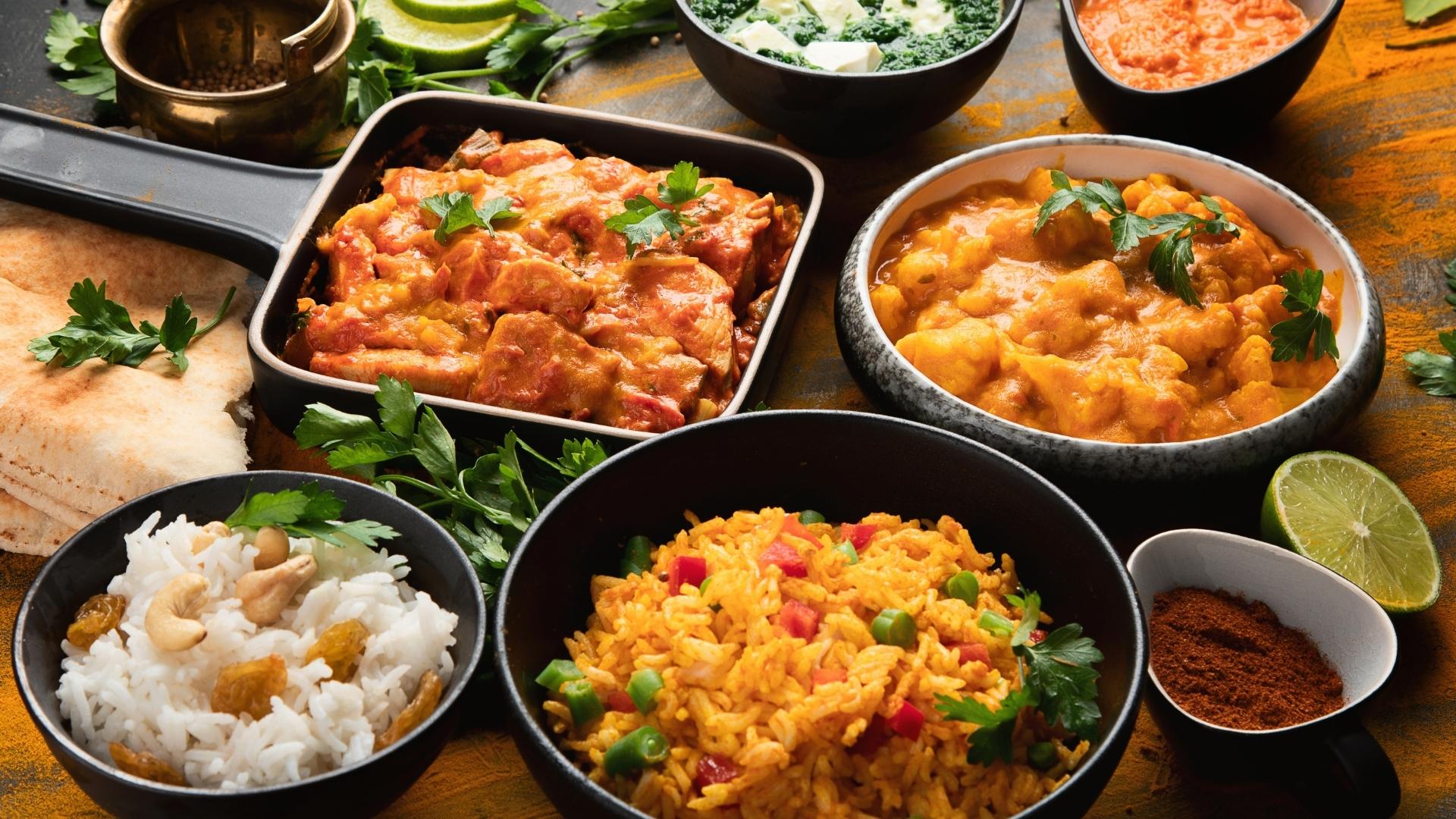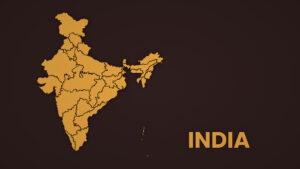Culinary practices in India are of the highest importance in our routine life and have existed from time immemorial, blended as a part of the culture and tradition. Many ancient scriptures attempt to explain the art of cooking (Paakashastra) in detail. Paakashastra secures its place as one among the traditional 64 shastras.
Classification of traditional food according to ancient texts is of five main categories:
- Bhakshya (partially hard recipes like coconut barfi, laddu, masala vada etc.)
- Bhojya (soft and swallowable recipes like well-cooked rice, lentils, pulses, etc.)
- Lehya (alluring, lubricious or lickable recipes like tamarind sauce, pickles, etc.)
- Kosva (suckable recipes like drumsticks curry or recipes made up of soft and raw fruits or vegetables like salads, poriyal, etc.)
- Peya (crushed or fermented drinks or beverages like fruit juice, herbal juice, etc.)
Generally, the preparation of any food category using traditional methods based on preparation or processing retains either of the six primary flavours: Madhura (sweet), Amla (sour), Tikta (bitter), Lavana (salt), Katu (spicy) and Kashaya (astringent). The secret lies in attaining a balanced taste procedurally and hygienically, ensuring sound health. It is also equally important that the mixture of selected ingredients be cooked or processed to be easily digestible.
According to ancient Paakashastra, food (Aahara) acts as an upholder of vital force (Prana) of all living beings, containing the 63 varieties (based on possible combinations of six primary tastes) of tastes (Rasa) is precisely manifested as Brahma (creator of the universe) per se. Bhagavadgita, a sacred book in Hinduism, also states that “Anna Parabrahma Svaroopam”. Besides the five elements of nature, food is the essential force for living beings.
The principles of Paakashastra (the art of cooking) are in connection with Ayurveda. More precisely, the six main Rasa (taste) exist and work in connection with the three main Doshas (disorder) such as Vaata, Pitta and Kapha in Ayurveda. Like six primary flavours extend to form 63 combinations of Rasa (flavours); similarly, the three main Doshas extend to form 63 doshas in various combinations.
Additional information:
Sushruta Samhita, a well-known Sanskrit text written by sage Sushruta, mentions that the doshas may further go up to the extent of innumerability by considering other factors like “sapta dhatus” and “malas”. Rasa (plasma), rakta (blood), mamsa (muscle), meda (fat), asthi (bones), majja (bone marrow) and shukra (reproductive fluid) are seven dhatus. Purisha (faeces), mootra (urine) and sveda (sweat and other cellular wastes) are three different malas in Ayurveda.
Charaka Samhita, another popular ancient text written by sage Charaka, states that the 63 combinations of tastes also depend on additional factors like nature of the substance, place and season (or time). Further, Pancha mahabhutas (five elements) are also responsible for manifesting specific rasa (tastes). For example, the nature of grapes (substance) grown in the lower Himalayas (region) is sweeter, but it is sour in the southern parts of India (region); considering the time factor of the substance, unripe mango is sour in adolescence and sweet when it ripe when used in cooking. The five elements are responsible for climatic conditions or seasonal variations and influence the nature of the substance and its taste.
Ancient scholars and chefs also extend their information on how to attain the most pleasing taste while cooking procedurally in their treatises. However, rasas (tastes) are permanent and unalterable; still, it is possible to enhance flavours even further by employing specific techniques in cooking. Doing so will add anurasa (temporary enhancement in the taste enjoyed by one who consumes it and attainable by processing, seasoning, or blending substances during food preparation).









